Predictions for the Future of Smart Phones

Ever since the conception of the mobile cellular phone, the promotional product industry has been there to create accessories for them, from phone branded fascia plates for your Nokia 5110 to flashing stickers with company logos that flash every time it detects mobile signal. It is incredible to see just how far this technology has come in the last few decades, and crazy to think only 10 years ago smartphones didn’t really exist. Now you will notice the smartphone has become a necessity with conditions such as nomophobia being coined for people who suffer from anxiety of being out of cellular contact. The question on the lips of many is what’s next? What is left for mobile phones to do?
Well according to second hand media trading website, Music Magpie, there is talk that mobile phone companies are creating the technology to have control over our smartphone with simple movements of our eyes, because obviously navigating around smart devices has become too taxing for our humble fingers. An impressive retinal related feature that is being looked into is the ability to capture an image, directly from the surface of your eyeball literally at the blink of an eye, never missing the chance to capture a moment ever again, throw in recording and there you will have an absolute abundance of comical moments finding their way onto YouTube.
One technology I definitely think we will see in the near future is flexible screens, we have already seen this briefly with the curved smart phones, but imagine a smartphone that can fold open into a larger screen. Working with some of the largest technology companies in the world at BTC Group we have seen some of the phenomenal advancements in paper thin bendable screens, it is truly amazing how such vibrant quality image can be produced from a screen no thicker than a pound coin, and have the ability to be rolled up!
In a the technological security conscious era we live in, biometrics is not an unfamiliar concept, smartphones have had finger print scanners for a few years now, with some devices incorporating iris scanners also, but what about vein mapping identifier? One of the largest smartphone suppliers in 2015 patented this technology, creating the possibility that even just with the smartphone being in the person’s hand, it knows who the user is.
Of course with the future of smartphones comes the future of smartphone accessories, products like “vein mapping friendly” gloves will need to be researched and developed, similarly how the introduction of touch screen gloves led to its popularity in the promotional market, one thing is for sure, for as long as there are smart devices, there will be promotional accessories to support them!
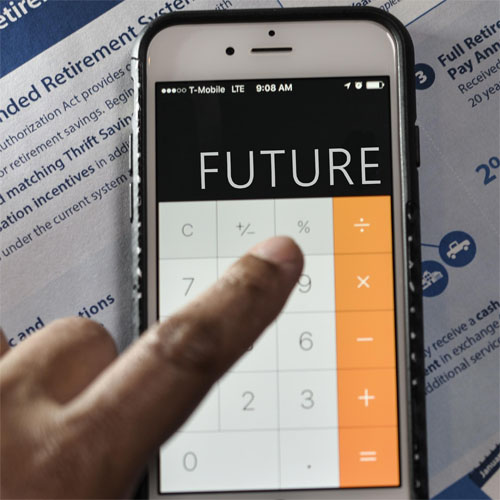
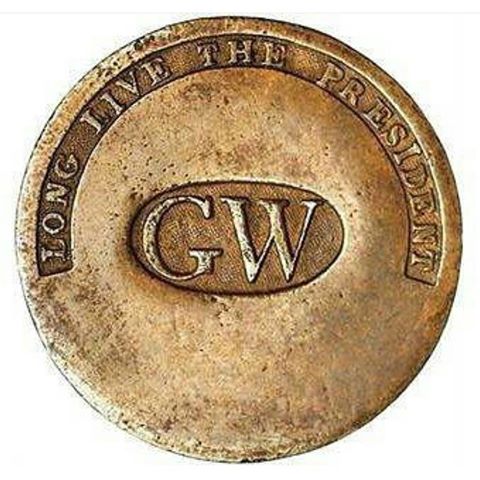
 We shall start with the foundation that the world of promotional merchandise was built on. Promotional products originate from 18th century USA. The year was 1789 and the United States of America was going through vast transformations. The war for independence against Britain had ended only 6 years before, and the great commander in chief George Washington had since retired to Mount Vernon Virginia. But this retirement was short lived when persuaded to attend the Constitution Convention in Philadelphia. It was here that he was elected president of the convention, which thus led him to be the President of the United States of America.
We shall start with the foundation that the world of promotional merchandise was built on. Promotional products originate from 18th century USA. The year was 1789 and the United States of America was going through vast transformations. The war for independence against Britain had ended only 6 years before, and the great commander in chief George Washington had since retired to Mount Vernon Virginia. But this retirement was short lived when persuaded to attend the Constitution Convention in Philadelphia. It was here that he was elected president of the convention, which thus led him to be the President of the United States of America.
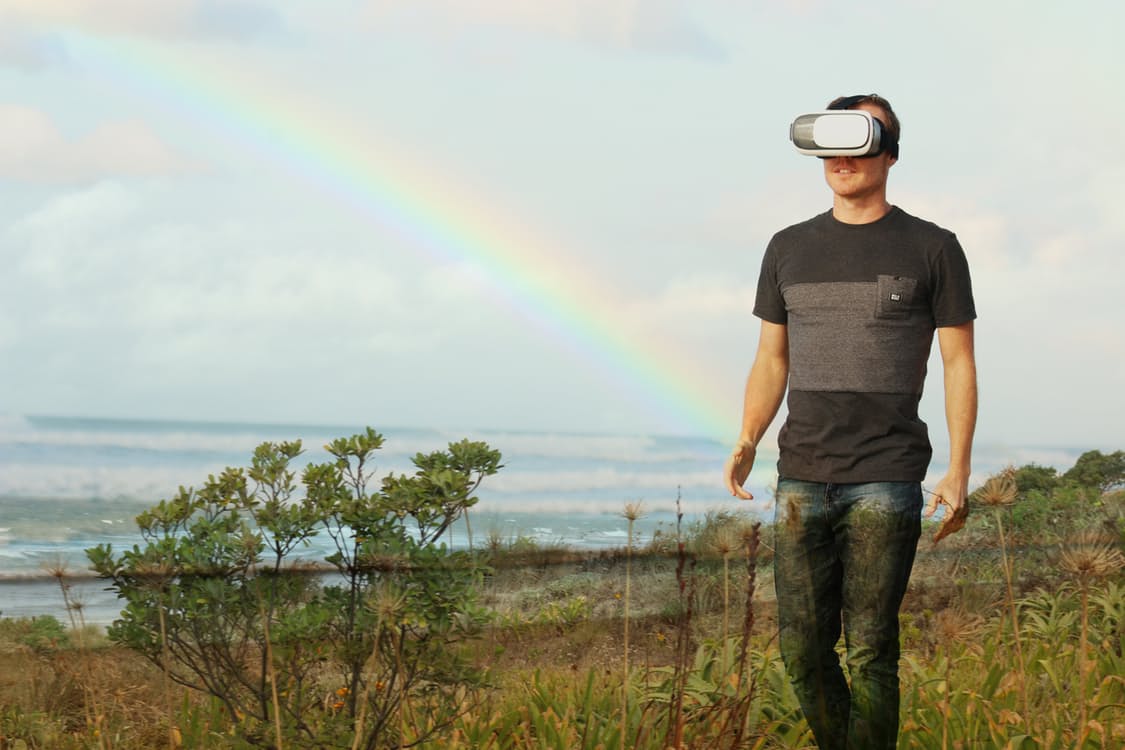
 When it comes to knowing the future technological trends, yes there is an element of educated guesswork and judgment, but the majority of the information is gained from field and digital research. For example when I was compiling information on what technological trends would be successful this year, I based my information on news stories, marketing data, articles, and one massive source was conferences and exhibitions from the largest global technology companies. It is conferences like the F8 conference hosted by Mark Zuckerberg himself which took place earlier this week, that gives you a flavour of what tech companies are up to in the following months. The great thing about conferences and exhibitions in April is they are a great indicator as to whether or not trends determined at the end of last year or earlier this year are actually being worked on, because chances are if the largest corporations aren’t investing in those trends, the possibility of them hitting the mass market is significantly diminished.
When it comes to knowing the future technological trends, yes there is an element of educated guesswork and judgment, but the majority of the information is gained from field and digital research. For example when I was compiling information on what technological trends would be successful this year, I based my information on news stories, marketing data, articles, and one massive source was conferences and exhibitions from the largest global technology companies. It is conferences like the F8 conference hosted by Mark Zuckerberg himself which took place earlier this week, that gives you a flavour of what tech companies are up to in the following months. The great thing about conferences and exhibitions in April is they are a great indicator as to whether or not trends determined at the end of last year or earlier this year are actually being worked on, because chances are if the largest corporations aren’t investing in those trends, the possibility of them hitting the mass market is significantly diminished. One of the biggest things coming out of F8 is that Facebook are placing a significant amount of interest into the world of augmented reality. As described in my technological trends piece, augmented reality started gaining wide attention last year with the introduction of one of the most popular mobile games ever made, which had an augmented reality element. Facebook’s F8 conference’s big message this year was that your mobile device camera is destined for so much more than just taking pictures. What Facebook are aiming to achieve is a secondary augmented layer that, using your camera, is overlaid when looking at your smartphone screen. An example of this could be holding your camera up to the front of a restaurant and you are able to see other people’s reviews, access to the menu and book a table at the click of a button.
One of the biggest things coming out of F8 is that Facebook are placing a significant amount of interest into the world of augmented reality. As described in my technological trends piece, augmented reality started gaining wide attention last year with the introduction of one of the most popular mobile games ever made, which had an augmented reality element. Facebook’s F8 conference’s big message this year was that your mobile device camera is destined for so much more than just taking pictures. What Facebook are aiming to achieve is a secondary augmented layer that, using your camera, is overlaid when looking at your smartphone screen. An example of this could be holding your camera up to the front of a restaurant and you are able to see other people’s reviews, access to the menu and book a table at the click of a button. So why are we so bothered about augmented reality, the truth is at the moment at least, augmented reality needs a visual trigger in order for the augmented layer to kick in, now this visual trigger can be anything, a painting, a magazine, a screen print…. You can see where we are going with this, we are in the printing and branding business if our products can be used as triggers for augmented reality not only does that work fantastically for the world of augmented reality, but if gives promotional products another layer of depth. The example Mark used when talking about augmented reality involved coffee mugs, now imagine if these coffee mugs were branded, you are taking a simple affordable promotional product, and using it in a technological revolution.
So why are we so bothered about augmented reality, the truth is at the moment at least, augmented reality needs a visual trigger in order for the augmented layer to kick in, now this visual trigger can be anything, a painting, a magazine, a screen print…. You can see where we are going with this, we are in the printing and branding business if our products can be used as triggers for augmented reality not only does that work fantastically for the world of augmented reality, but if gives promotional products another layer of depth. The example Mark used when talking about augmented reality involved coffee mugs, now imagine if these coffee mugs were branded, you are taking a simple affordable promotional product, and using it in a technological revolution.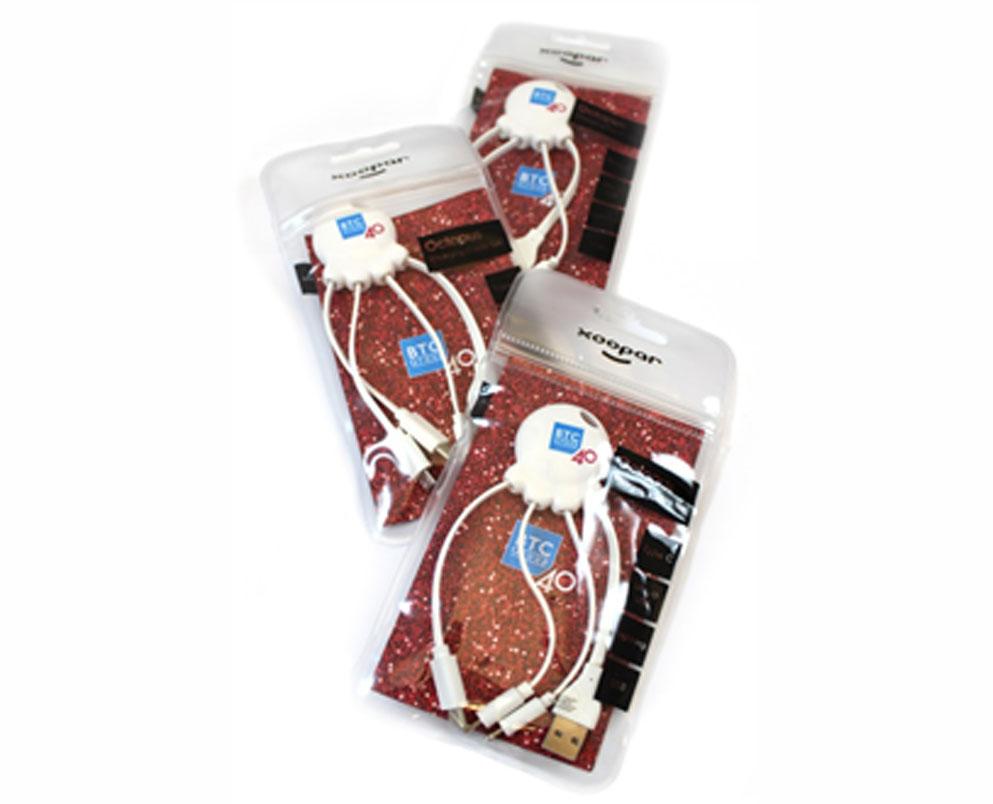
 If you haven’t seen what USB type C is yet we have a great article regarding the how we think this is going to be a trend in technology this year you can see this
If you haven’t seen what USB type C is yet we have a great article regarding the how we think this is going to be a trend in technology this year you can see this 
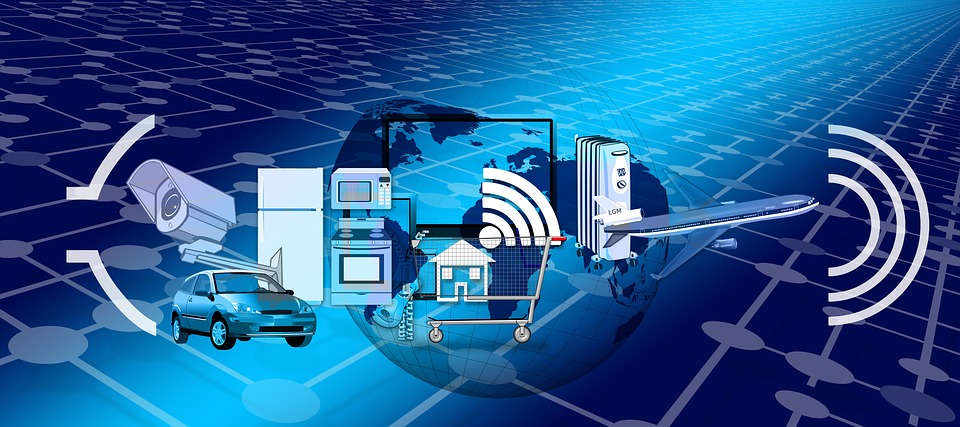
 If you haven’t heard about the internet of things, it simply is a new age network being created, not between people, but between objects, how they output and share information to devices, and even to the larger World Wide Web. Smarter technology is definitely a concept that is more understandable after an example as the possibilities of future applications are pretty much endless. The example I will be giving is that from the point of view of an attendee, experiencing smarter technology being integrated into attended conference.
If you haven’t heard about the internet of things, it simply is a new age network being created, not between people, but between objects, how they output and share information to devices, and even to the larger World Wide Web. Smarter technology is definitely a concept that is more understandable after an example as the possibilities of future applications are pretty much endless. The example I will be giving is that from the point of view of an attendee, experiencing smarter technology being integrated into attended conference. The time for the conference has begun and automatically the lighting in the conference room dims and the AV system is ready for the first speaker. During the conference a person asks a question requiring a specific numerical answer, for example “what percentage of smart phone sales were android OS last year” rather than the speaker finding the details, the conference rooms auto assistant has already found the answer and delivers this through text to speech software.
The time for the conference has begun and automatically the lighting in the conference room dims and the AV system is ready for the first speaker. During the conference a person asks a question requiring a specific numerical answer, for example “what percentage of smart phone sales were android OS last year” rather than the speaker finding the details, the conference rooms auto assistant has already found the answer and delivers this through text to speech software.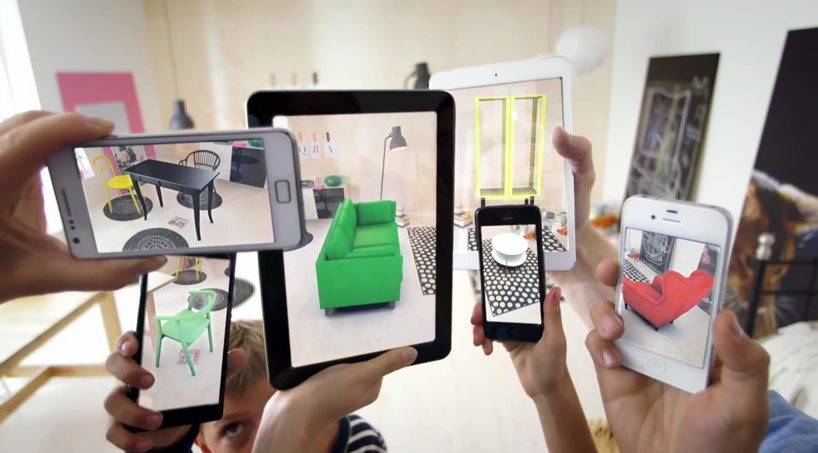
 Back in 1994 an artist called Julie Martin conceptualised and brought to stage the world’s first augmented reality dance production called “dancing in cyberspace.” During the production the dancers would dance and interact with full life sized virtual objects. From the viewers perspective the dancers were fully immersed in the virtual environment, creating a full augmented experience.
Back in 1994 an artist called Julie Martin conceptualised and brought to stage the world’s first augmented reality dance production called “dancing in cyberspace.” During the production the dancers would dance and interact with full life sized virtual objects. From the viewers perspective the dancers were fully immersed in the virtual environment, creating a full augmented experience. can also compare the size of Everest with other real world examples, which just wouldn’t be possible to imagine without visual representation. Now this is all great in theory, but what about execution? Remember those VR headsets we distributed in the 360 video topic? These can double up as augmented reality headsets as long as the VR viewer has a camera panel, (which most do!)
can also compare the size of Everest with other real world examples, which just wouldn’t be possible to imagine without visual representation. Now this is all great in theory, but what about execution? Remember those VR headsets we distributed in the 360 video topic? These can double up as augmented reality headsets as long as the VR viewer has a camera panel, (which most do!)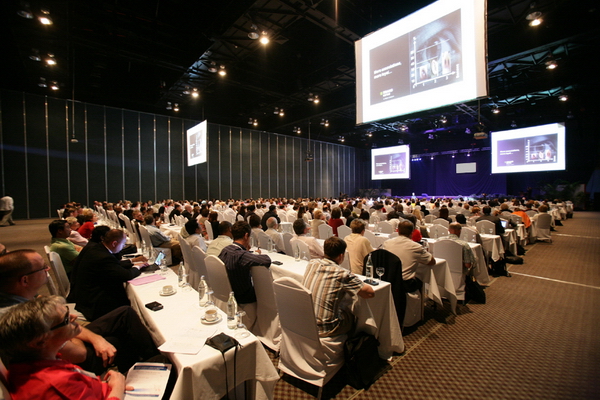
 The conference and meeting partition of the events sector is worth a whopping 19.9 billion pounds in the UK alone, with conferences and meetings being held constantly up and down the country. One of the bonuses of having a company in and around London is that London is the number one city for in terms of meetings and events activity in Europe, the Middle East and Africa (EMEA). The average conference in the UK has 258 delegates, now again this would be great if everyone had companies in and around London, with London being the hub, but chances are there will be companies wanting to send delegates from all over the country, and EMEA, depending on the conference. The problem is some companies especially SME’s may not have the resources to send staff to a conference, regardless of how much they would benefit from attending.
The conference and meeting partition of the events sector is worth a whopping 19.9 billion pounds in the UK alone, with conferences and meetings being held constantly up and down the country. One of the bonuses of having a company in and around London is that London is the number one city for in terms of meetings and events activity in Europe, the Middle East and Africa (EMEA). The average conference in the UK has 258 delegates, now again this would be great if everyone had companies in and around London, with London being the hub, but chances are there will be companies wanting to send delegates from all over the country, and EMEA, depending on the conference. The problem is some companies especially SME’s may not have the resources to send staff to a conference, regardless of how much they would benefit from attending. 360 Video does not simply have to be a communication tool; it can also be used in the same way videos are used, as support material for presentations. Many conference speakers like to include a life experience anecdote in their seminars, whether it’s scaling Everest or exploring the Serengeti, just for a moment imagine how good it would be to experience those moments with the speaker, if everyone in the room was given a VR viewer, the could first person see the experience of being in the Serengeti or Everest, just without all the negatives of being really cold and the 38.5 mile dangerous trek to base camp. When it comes to giving promotional items at conferences, conference folders are generally top of the list, they are useful and relevant to the event, but that’s not stopping you from adding VR Viewers. As a matter of fact in our range we have a VR viewer with all over print (fantastic for branding) that is flat packed perfect to fit in a conference folder!
360 Video does not simply have to be a communication tool; it can also be used in the same way videos are used, as support material for presentations. Many conference speakers like to include a life experience anecdote in their seminars, whether it’s scaling Everest or exploring the Serengeti, just for a moment imagine how good it would be to experience those moments with the speaker, if everyone in the room was given a VR viewer, the could first person see the experience of being in the Serengeti or Everest, just without all the negatives of being really cold and the 38.5 mile dangerous trek to base camp. When it comes to giving promotional items at conferences, conference folders are generally top of the list, they are useful and relevant to the event, but that’s not stopping you from adding VR Viewers. As a matter of fact in our range we have a VR viewer with all over print (fantastic for branding) that is flat packed perfect to fit in a conference folder!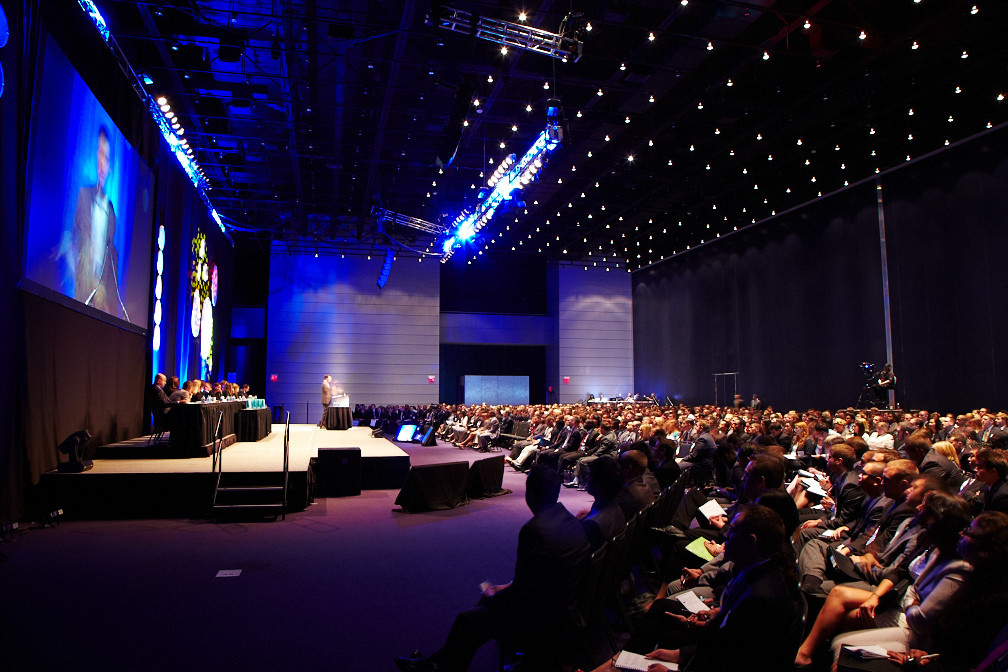


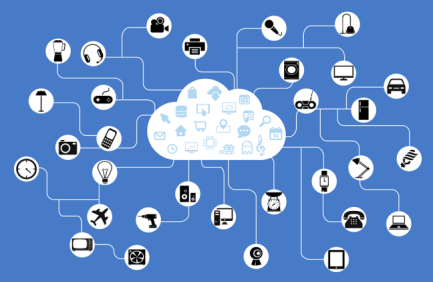


 So how is smarter technology going to make its way across into promotional products? There is already a small range of wearable technology in the promotional market, showing signs already of smarter technology making its way across. Activity wristbands connect to your phone feeding it up-to date data of steps taken and calories burnt, now app dependant this will go through processing and calculate how many calories you now need to reach your optimum weight. Another health and lifestyle related item I have seen on the promotional market, actually works perfectly as a promotional gift, is a water bottle that measure how much liquid you are drinking throughout the day, and encourages you to drink more. Now by combining this with your smart connected wearable device, telling you how many calories you’re burning, along with a smart connected weighing scale you can see the conversation these ‘Internet of Things’ can be having to improve your daily health.
So how is smarter technology going to make its way across into promotional products? There is already a small range of wearable technology in the promotional market, showing signs already of smarter technology making its way across. Activity wristbands connect to your phone feeding it up-to date data of steps taken and calories burnt, now app dependant this will go through processing and calculate how many calories you now need to reach your optimum weight. Another health and lifestyle related item I have seen on the promotional market, actually works perfectly as a promotional gift, is a water bottle that measure how much liquid you are drinking throughout the day, and encourages you to drink more. Now by combining this with your smart connected wearable device, telling you how many calories you’re burning, along with a smart connected weighing scale you can see the conversation these ‘Internet of Things’ can be having to improve your daily health.
 Right now as I type this Jackie Chan is trending on Facebook for what, his latest martial arts related films? Nope, he is trending on twitter for the surprising guests he brought to this year’s Oscar Ceremony. Generally Hollywood stars have been noticed for bringing their parents or even their children when the norm is to bring your significant other, but Jackie Chan this year takes the spotlight by accompanying two stuffed pandas on the red carpet.
Right now as I type this Jackie Chan is trending on Facebook for what, his latest martial arts related films? Nope, he is trending on twitter for the surprising guests he brought to this year’s Oscar Ceremony. Generally Hollywood stars have been noticed for bringing their parents or even their children when the norm is to bring your significant other, but Jackie Chan this year takes the spotlight by accompanying two stuffed pandas on the red carpet. Being in the promotional product industry you can’t just help to think, this is a fantastic way to gain attention through promotional products, not only is Jackie Chan using a product that is used frequently in many different ways for promotional use like a mascot, but it was also wearing a pin badge which is a beacon for charity merchandise across the world.
Being in the promotional product industry you can’t just help to think, this is a fantastic way to gain attention through promotional products, not only is Jackie Chan using a product that is used frequently in many different ways for promotional use like a mascot, but it was also wearing a pin badge which is a beacon for charity merchandise across the world.